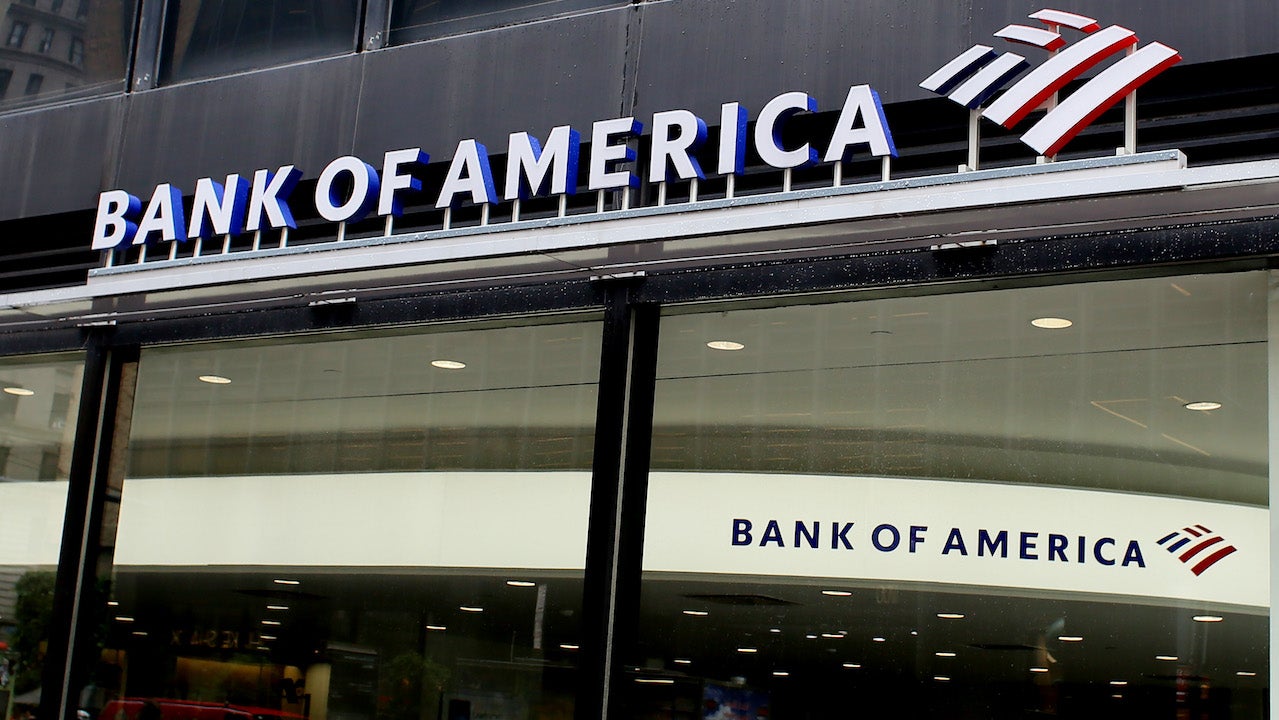Choosing an online bank? Look for these top 7 things

The perks often provided by online banks can be significant, including accounts with a competitive annual percentage yield (APY), along with low or nonexistent maintenance fees or minimum balance requirements. Online-only banks may also offer plenty of fee-free ATMs as well as a secure, user-friendly digital banking experience.
When choosing a bank that only maintains a presence online, some of the aspects you should look for are the same ones offered by many brick-and-mortar banks — such as deposit insurance that ensures your money remains safe. However, things like easily accessible customer service may also be of high importance for customers of online banks since there isn’t an option to visit a branch to talk with a teller.
Taking a look at a variety of the perks and services available can help you find the best online bank to meet your needs. Here’s a list of the top things to keep an eye out for.
1. FDIC insurance
When a bank is covered by the Federal Deposit Insurance Corp. (FDIC), customers’ funds are protected up to $250,000 per depositor, per ownership category. This insurance is backed by the full faith and credit of the U.S. government, and it guarantees customers won’t lose their money if the bank were to fail.
You can confirm coverage by visiting the FDIC’s BankFind site and searching by a bank’s name and location.
2. Competitive rates
Online banks tend to offer highly competitive yields on savings accounts, often paying 10 or more times the national average interest rate. The difference can really add up over time. For instance, if you deposit $5,000 into an account with an APY of 0.1 percent, and let the money sit for five years without adding to it, at the end you’d have $5,025.06. However, if you put $5,000 into an account with an APY of 1.15 percent, after five years you’d have $5,295.92 — which is $270.86 more than you’d earn from the account with the lower yield.
In some cases, online banks can afford to pay higher rates since they don’t have the overhead costs of maintaining branches. Plus, having competitive rates may help draw customers away from traditional brick-and-mortar banks which tend to offer customers lower APYs in general.
3. Low fees
A competitive APY can be dampened when you have to pay maintenance fees, yet many online-only banks don’t charge monthly fees for their accounts. For instance, the online savings accounts offered by Capital One Bank, Ally Bank and Marcus by Goldman Sachs do not charge maintenance fees or require a minimum balance.
A trend among banks in recent years is eliminating or reducing overdraft fees, and various online banks no longer charge for things like overdrafts, overdraft protection transfers, nonsufficient funds and returned items.
4. Robust ATM networks
Online banks often belong to large ATM networks — such as Allpoint and MoneyPass, which offer 55,000 and 37,000 ATMs across the U.S., respectively.
Often, online-only banks won’t charge their customers ATM fees, and some will also reimburse fees you incur from other banks for using out-of-network ATMs. Such reimbursements can be done at the end of each business day or in a lump sum at the end of a statement cycle, depending upon the bank.
5. Readily available customer service
Since online banks don’t offer branches, it can pay to choose one with customer support that’s easy to reach. Some provide 24/7 real-time assistance over the phone, or through online chat, while others also allow you to send messages to bank representatives within their mobile apps.
6. Money management tools
In addition to providing standard banking services through their website or mobile app, various online banks offer features that can help with things like budgeting money or building savings.
For instance, the online savings account offered by Ally Bank lets you set up a bucket for each of your savings goals, so you can designate how much of your funds to devote to saving for a new car, a down payment on a house or next year’s vacation.
Seeing a snapshot of all of your finances in one place can be possible with Marcus by Goldman Sachs’ mobile app, which allows its customers to link external savings and investing accounts.
7. User-friendly digital banking
Many online-only banks provide user-friendly websites and mobile apps, which allow you to transfer money between accounts, pay bills, deposit checks and conduct various other transactions that you would otherwise do at a branch or an ATM.
Other transactions that may be possible through online banking include opening up new accounts, applying for a credit card, sending money to other people, and putting a stop payment on a check.
Potential drawbacks of online banks
Lack of in-person customer support
Online-only banks may not be a good fit for those who prefer in-person contact with a customer representative. Some online banks that offer phone support may have hard-to-find phone numbers, as well as limited customer service hours.
Limited suite of products
While many established brick-and-mortar banks offer multiple types of savings and checking accounts, as well as money market accounts, CDs and loans, you won’t always find as wide of a variety of products with an online bank.
Difficulty of depositing cash
The absence of branches can make it a hassle when you want to deposit cash into your online bank account. Some ATMs accept cash deposits — although not all do, so be sure to check on your bank’s website ahead of time.
Bottom line
Online-only banks may have some distinct advantages over banks that maintain branches, including a tendency to offer higher rates and fewer fees. Anyone shopping around for an online bank would do well to compare aspects such as APYs, digital banking experiences, ATM availability and the quality of customer support.






